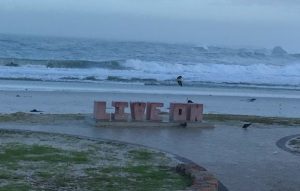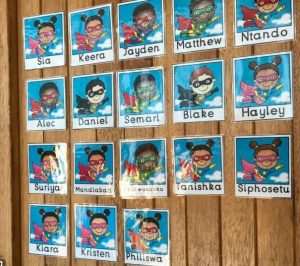Julie Kinnaird | July 6, 2017
Education is the most powerful weapon which you can use to change the world.
Nelson Mandela
World View’s study visit to South Africa began on June 16th, an important day in South African history. This day, a national holiday called Youth Day, commemorates the June 16, 1976 uprising in Soweto. On this day thousands of students marched peacefully to demonstrate and protest against the South African government’s directive to use Afrikaans, the language of the oppressor, in schools. The demonstrations turned tragic as students were killed by police, sparking additional protests throughout the country. Educators on World View’s study visit learned more about this important day and about the impact apartheid had on the people and places of a diverse and complex nation.
For two weeks 21 North Carolina educators visited South Africa to examine the contemporary impact of historical events through the lens of apartheid and to learn more about education and education opportunities in South Africa. Our study visit started in Durban, KwaZulu-Natal province. We stood on the same steps at Ohlange High School as Nelson Mandela did when he cast his first vote in a free election on April 27, 1994. We also spent time learning about Mahatma Gandhi and his passive resistance movement toward a democratic and just society for all of South Africa.
In Cape Town we took a ferry across Table Bay to once again walk in the footsteps of Mandela on Robben Island, where he was imprisoned for years, as were many other political prisoners. We saw the harm done by an apartheid government to a community when we toured District Six and the museum that tells its history. We also saw the natural wonders and wildlife of the country and dipped our feet in both the Indian Ocean and the Atlantic Ocean.
We continued to deepen our knowledge in Johannesburg by visiting the Apartheid Museum and the Hector Pieterson Museum. We toured the Constitutional Court, which was formally opened by President Mandela in February 1995 to protect the Constitution of South Africa and human rights in the country. Our tour of Johannesburg was complete as we spent time in Soweto and took a drive down Vilakazi Street, a street on which both Mandela and Archbishop Emeritus Desmond Tutu lived.
Our study visit ended with a visit to the Union Buildings in Pretoria, which represent the seat of government. Today a large statue of President Nelson Mandela stands in front, with his arms open, welcoming all.
Throughout our study visit we met new friends who shared their stories of growing up in apartheid South Africa and are now living in a free society. We toured independent and state-run schools in three different cities, governed by national policies that are carried out at the provincial level. We saw a great deal of diversity in the schools we visited and learned that religious schools were the first to reject apartheid and admit students of all races and economic status. We saw innovation and entrepreneurship as South Africa struggles with historical inequalities, high unemployment, a stagnating economy and political instability. We saw signs of hope in the classrooms we visited and we saw optimism in the hearts of many South Africans.



